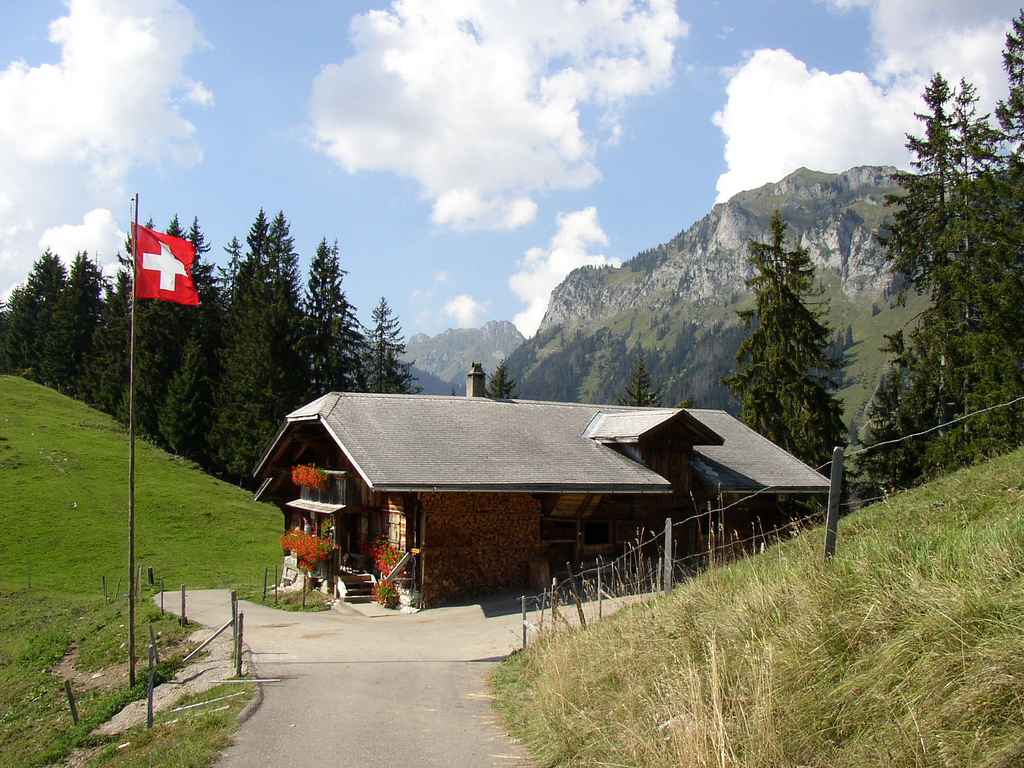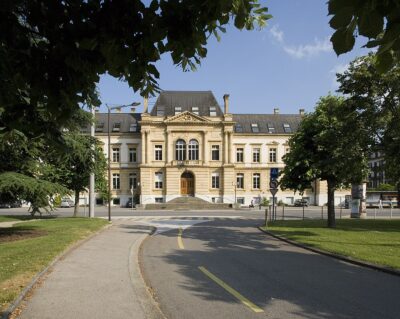Top-down or bottom-up – addressing geothermal regulatory frameworks, a study from Switzerland
In this article by researchers at ETH Zurich, the entanglement of top-down and bottom-up approach to regulate geothermal development in the context of local acceptance is being looked at.
In a paper published last year, researchers of ETH Zurich in Switzerland looked at how different models of federal vs. local push and engagement have had different influences on how geothermal energy has developed in the country.
In the context of “deep geothermal” (in comparison to “shallow geothermal”) illustrates how innovation pathways in federal countries take entangled forms between top-down and bottom-up.
The Swiss federal government presents deep geothermal energy as an important technology to decarbonize electricity production. Setbacks in early projects have slowed these efforts. Despite strong policy incentives from the federal government, no electricity is being produced from geothermal projects in Switzerland in 2019.
Based on four case studies, the researchers analyzed how some cantons and cities have taken different pathways: Rather than implementing federal objectives, they favour heat production instead of electricity generation. The relative success of these initiatives led federal authorities to modify their approach to promoting geothermal energy.
This study shows that federal mechanisms and instruments alone are not enough to make energy infrastructures acceptable locally. To learn from bottom-up experiences and adapt federal policies to local reality, better coordination between the federal and subnational levels is needed.
The study describes a necessity in the federal countries to relate the federal policies to local realities. Specific implementation measures and single projects have different levels of acceptance. Only through federal mechanisms and instruments, new energy infrastructure is not acceptable to local populations. Acceptance on a local level is crucial, hence the ability of local/ regional governments to address local concerns is important to make energy projects more acceptable locally.
While focused on Switzerland, the learnings from the study are easily applicable internationally in similar circumstances and provide good guidance.
For the full article, see link below.
Source: Ejderyan, O., Ruef, Fl, Stauffacher, M. “Entaglement of Top-Down and Bottom-Up: Sociotechnical Innovation Pathways of Geothermal Energy in Switzerland” (pdf)


















